Finding a car equipped with a V4 engine in today’s automotive landscape is a rarity. While the V4 configuration is a popular choice for motorcycles, prized for its compact nature and smooth power delivery in lightweight machines, its application in cars has historically been limited. However, despite the dominance of V6 and V8 engines in the automotive world, several manufacturers have ventured off the beaten path, embracing the unique characteristics of the V4 engine in their car designs.
This article delves into the fascinating world of cars powered by V4 engines, journeying from the early days of the 20th century to a modern marvel of engineering from the mid-2010s. We’ll explore a curated list of vehicles that dared to be different, showcasing the V4 engine’s presence in automotive history, even culminating in a high-performance example that joins the ranks of cars producing over 700 horsepower.
Related
Here’s Why V4 Engines Are So Uncommon In Cars
While V8 and V6 engines are often associated with power and efficiency in cars, discover the reasons behind the V4 engine’s limited adoption in automotive manufacturing.
To ensure the accuracy and timeliness of the information presented, the data in this article has been compiled from manufacturer websites and reputable automotive resources, including Classic.com and Repair Pal. The following list of V4 engine cars is arranged in ascending order of horsepower, from the models with the least to the most powerful engines.
10. 1960 ZAZ-965
23 Horsepower
The 1960 ZAZ-965, affectionately nicknamed “Zaporozhets,” stands as a symbol of Soviet-era motoring. Produced in the Soviet Union from 1960 to 1969, this compact economy car boasted a distinctive design, characterized by its wide grille, prominent headlights, and a diminutive two-door body. The ZAZ-965 offered a glimpse into automotive innovation constrained by the economic realities of its time, prioritizing utility over luxury.
At its heart lay a rear-mounted, air-cooled V4 engine. While its 23 horsepower output might seem modest by today’s standards, it was celebrated for its simplicity and reliability. This made the ZAZ-965 a popular and affordable choice for Soviet citizens during the 1960s.
Performance Specifications
| Engine | 0.7-Liter V4 |
|---|---|
| Transmission | Four-Speed Manual |
| Horsepower | 23 Horsepower |
| Torque | 33 Pound-Feet |
| Driveline | Rear-Wheel Drive |
| 0-60 MPH | N/A |
| Top Speed | N/A |
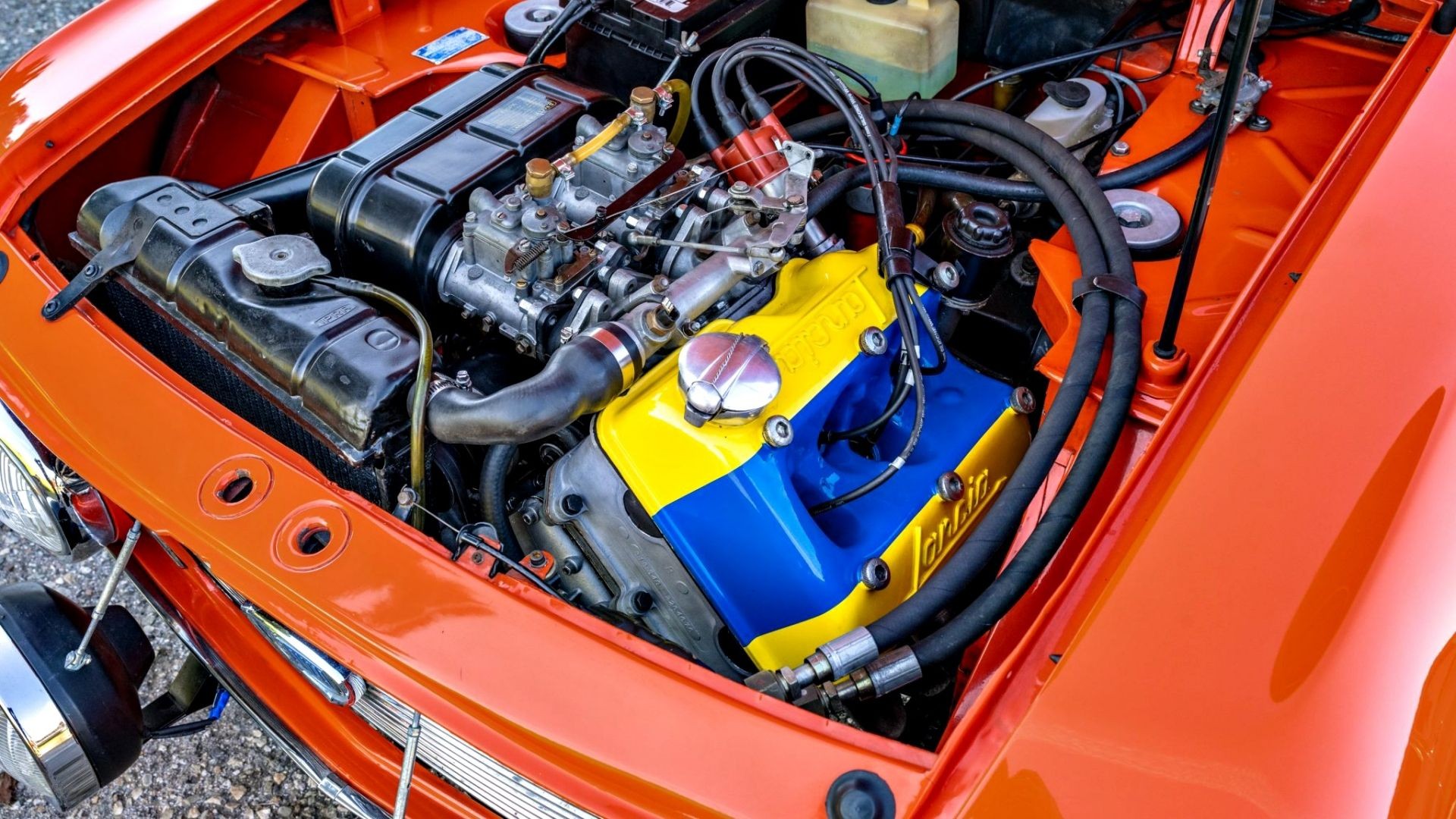
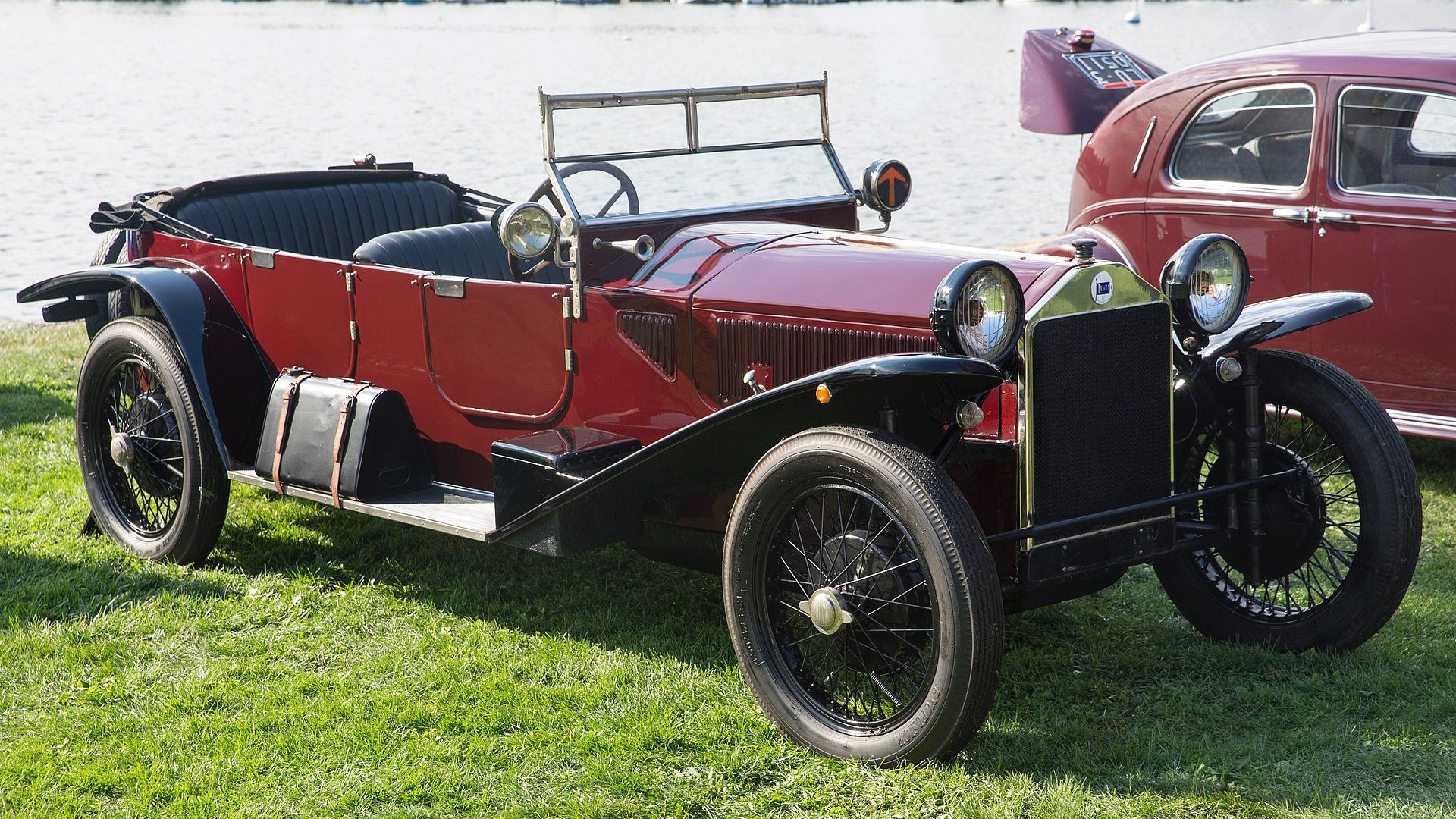
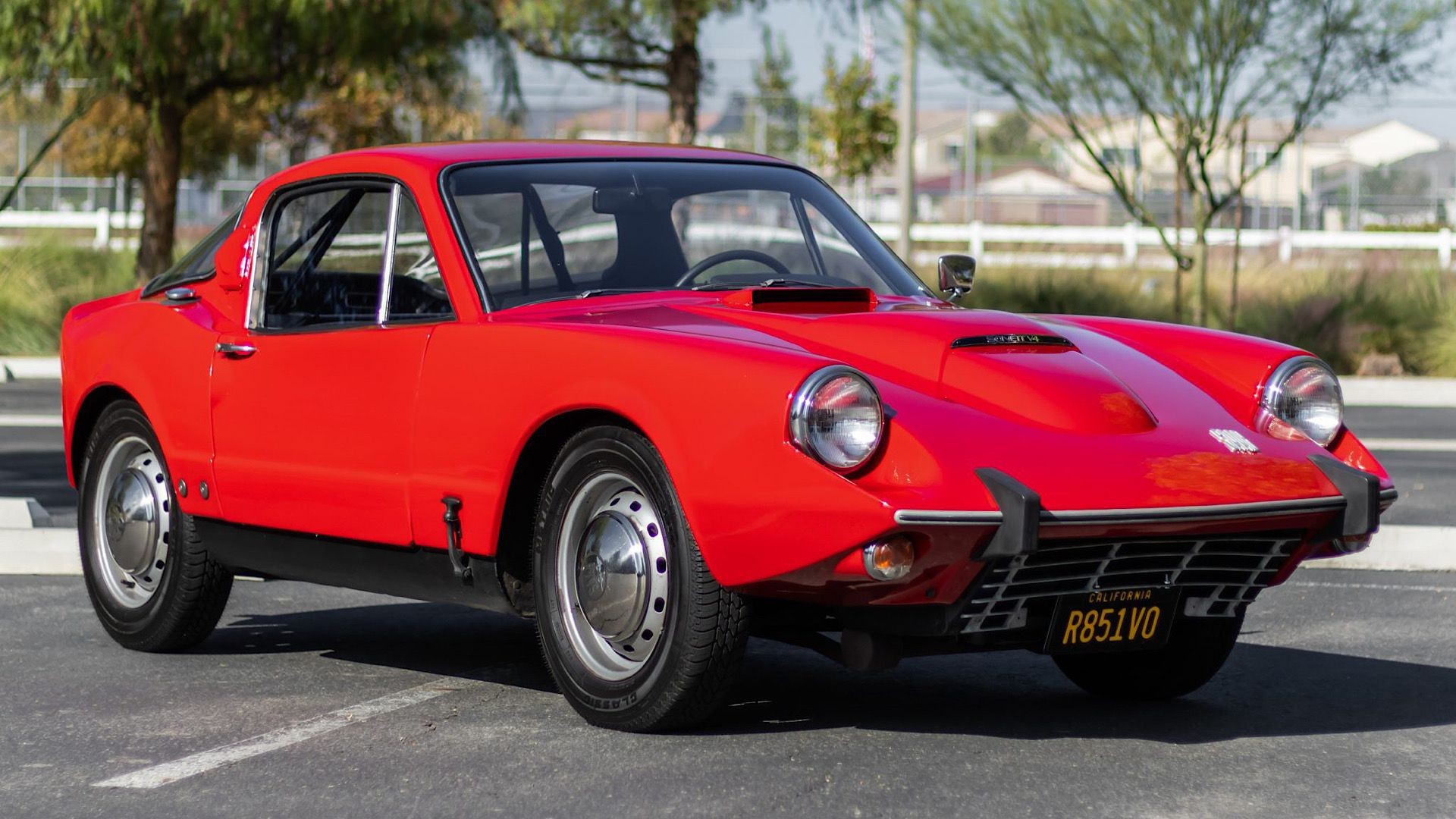

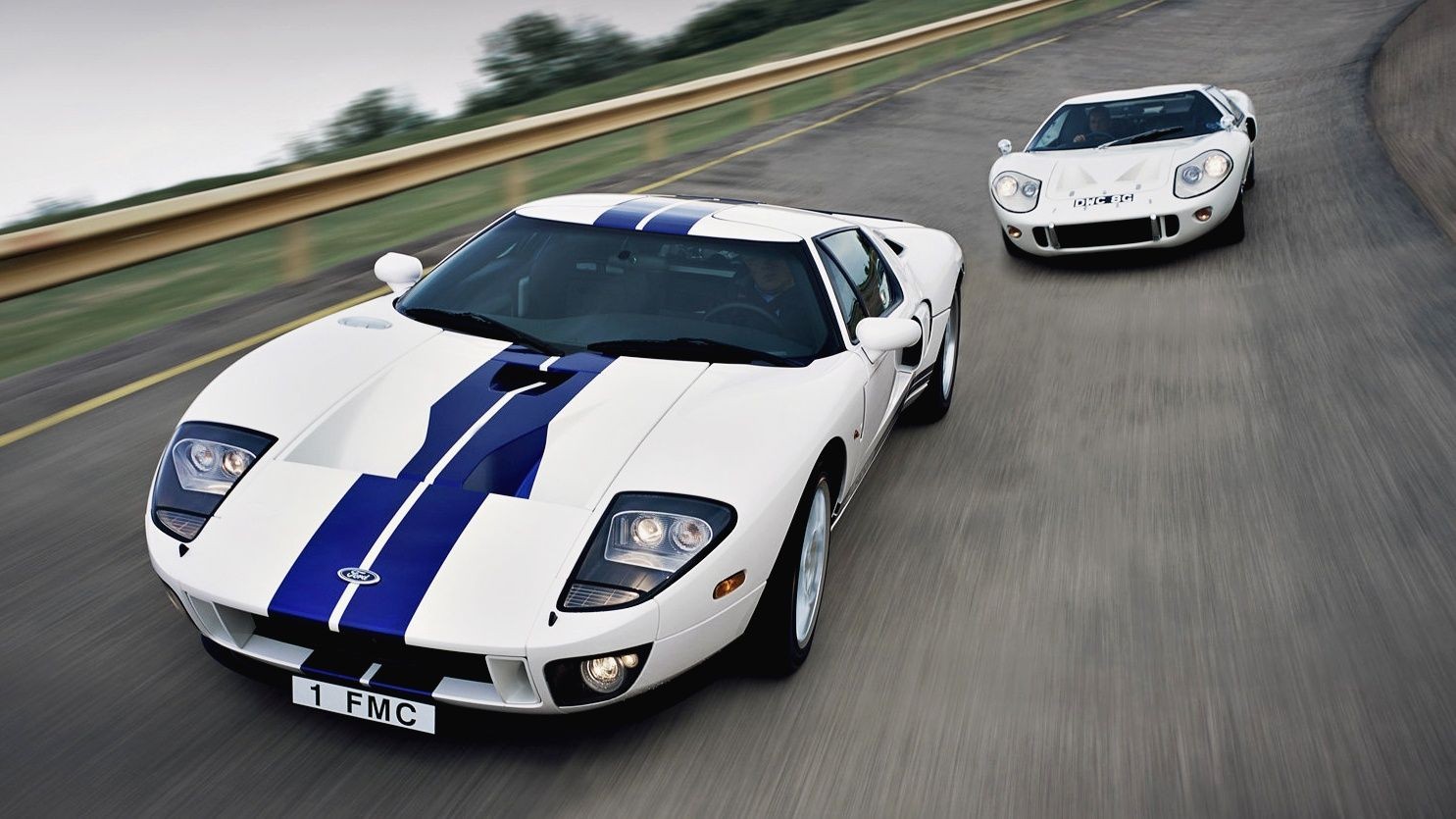
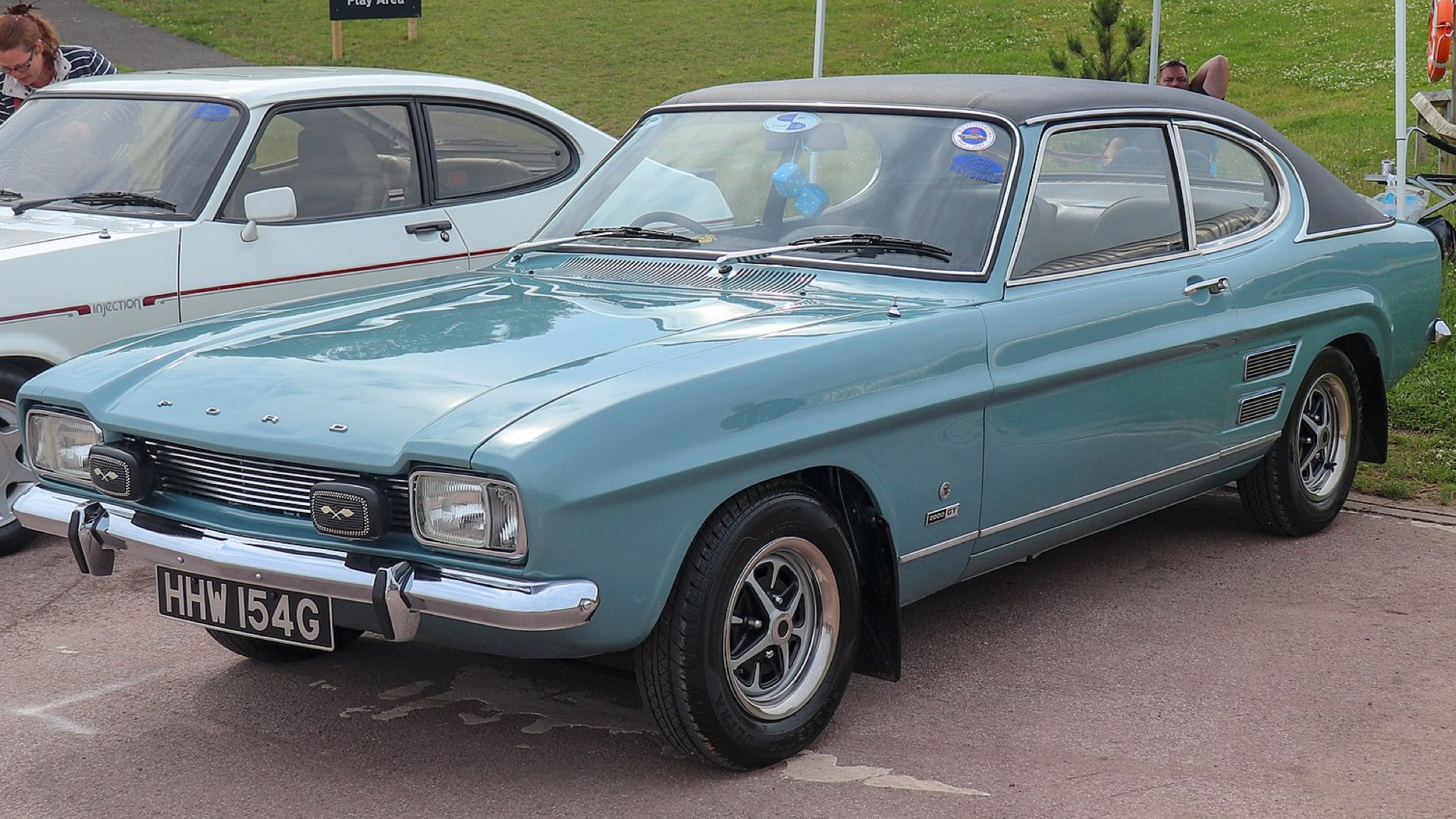
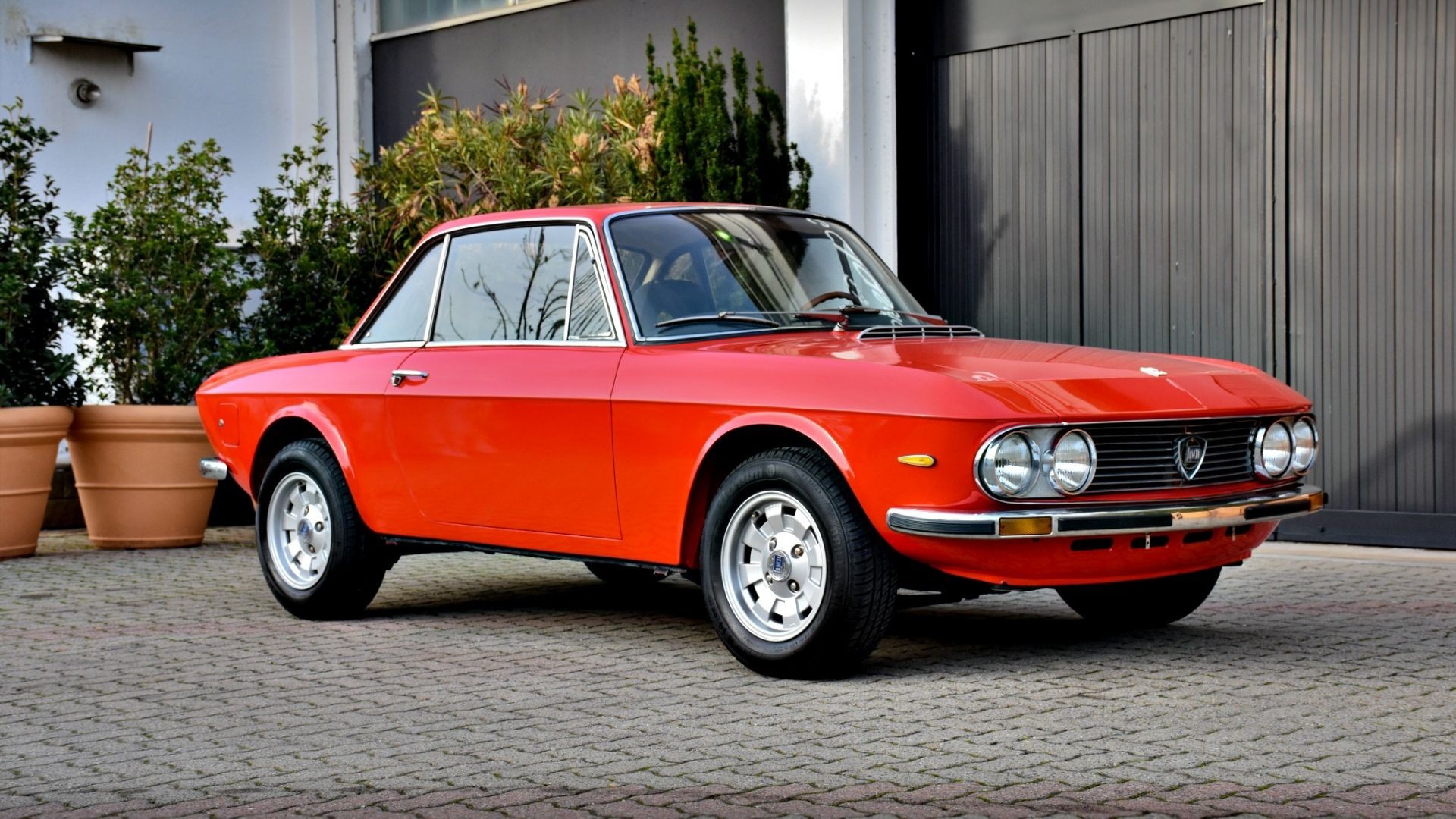
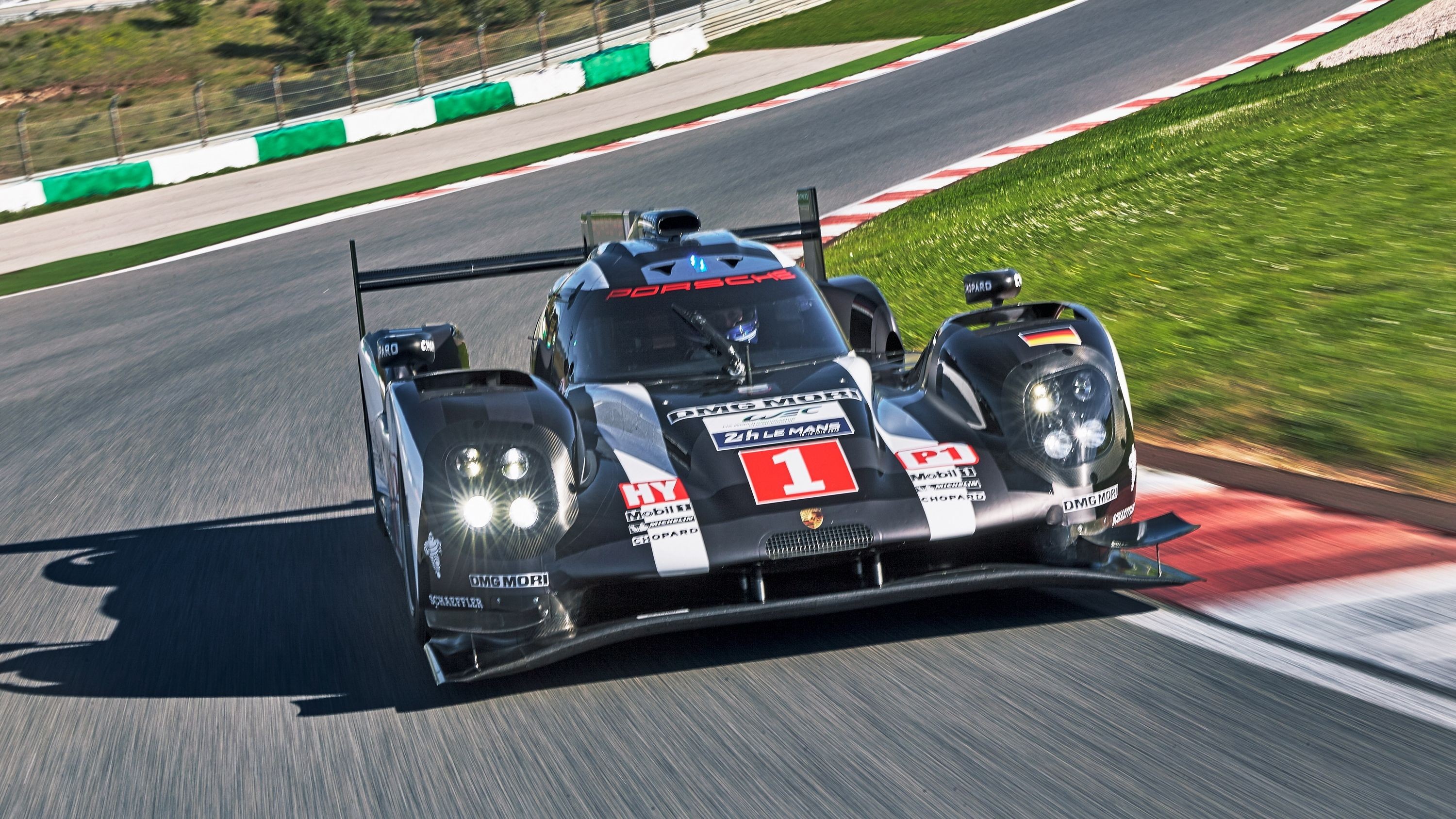
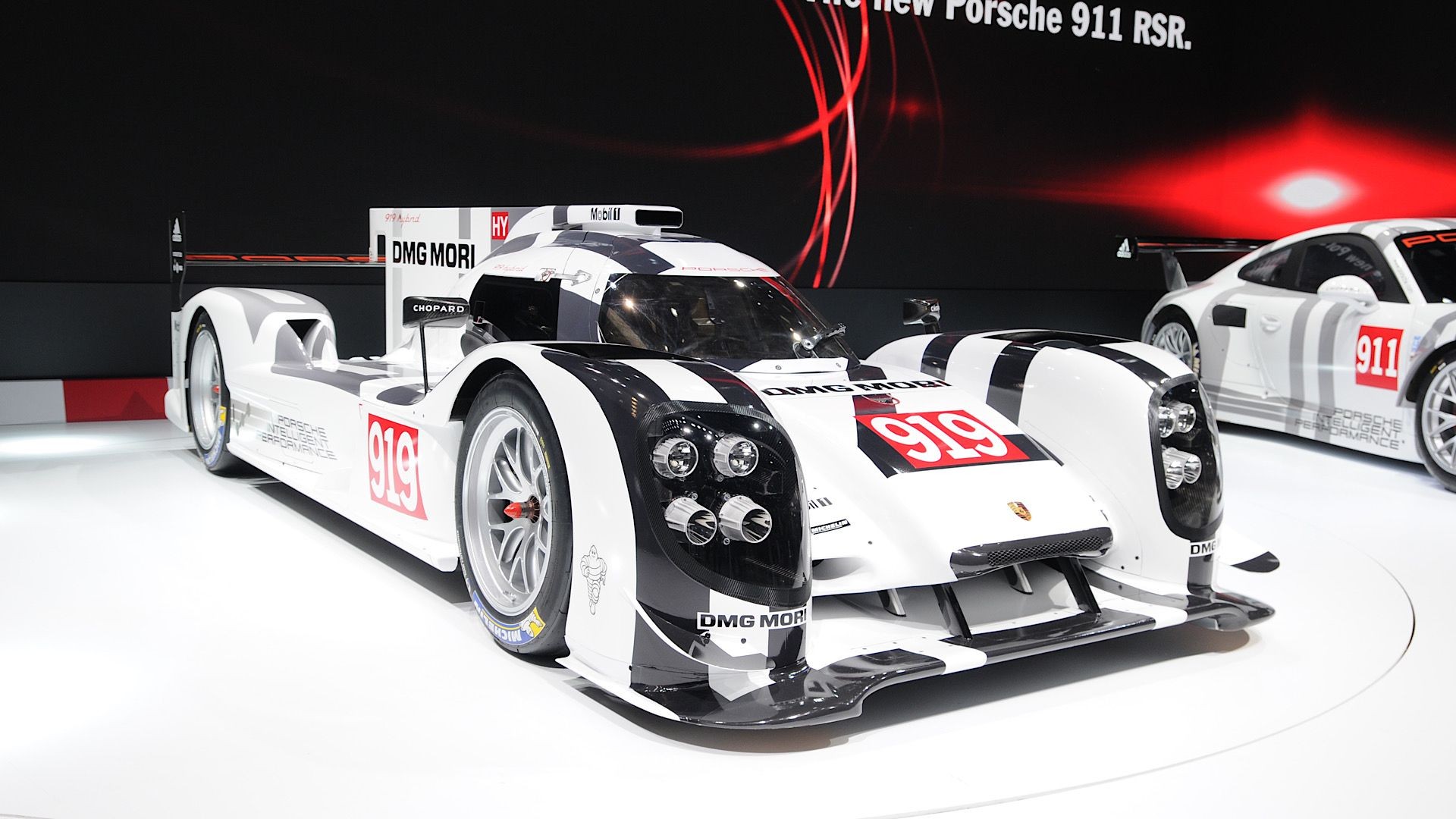
(Specs sourced from Classic.com)
Although basic in its features compared to modern economy cars, the ZAZ-965 provided practical transportation at an accessible price point for its time. Today, its appeal lies in nostalgia and its status as a unique piece of automotive history. Finding a 1960 ZAZ-965 in the U.S. is a rare occurrence, making ownership a truly exclusive experience.
Pros
- Robust and compact design
- Easy-to-maintain V4 engine
- Simple and utilitarian engineering
Cons
- Very low horsepower output
- Sourcing parts in the U.S.A. would be exceptionally challenging
9. 1960 SAAB 96
38 Horsepower
SAAB, a Swedish automaker renowned for its innovative and driver-focused vehicles, has a legacy of producing some of the most admired cars in automotive history. While SAAB is no longer in production, its influence continues to resonate with car enthusiasts. The 1960 SAAB 96 embodies the brand’s forward-thinking approach, showcasing a design that remains strikingly modern even today. Its features included a wrap-around windscreen, smooth aerodynamic lines, whitewall tires, and a distinctive front grille.
Powering the SAAB 96 was a V4 engine, a departure from the more common inline configurations of the era. This engine contributed to the car’s balanced handling and smooth performance. The interior of the 1960 SAAB 96 was surprisingly spacious, featuring essential classic car elements such as a speedometer, a large steering wheel, a radio, and an oil-level gauge. The limited production of only 40 units in 1959 makes models from that year exceptionally rare and highly sought after by collectors.
Performance Specifications
| Engine | 0.8-Liter V4 |
|---|---|
| Transmission | Four-Speed Manual |
| Horsepower | 38 Horsepower |
| Torque | 60 Pound-Feet |
| Driveline | Front-Wheel Drive |
| 0-60 MPH | N/A |
| Top Speed | N/A |
(Specs sourced from Classic.com)
Pros
- Striking and timeless design
- SAAB’s renowned reliability, a precursor to modern SAAB models
- Exclusive and rare ownership
Cons
- Parts can be difficult to locate
- Performance does not align with modern sedans
8. 1924 Lancia Lambda
49 Horsepower
WikiMedia Commons: Mr.Choppers
The 1924 Lancia Lambda stands as a landmark achievement in automotive engineering, a true pioneer that revolutionized car design with its groundbreaking features. It served as an inspiration for subsequent Lancia models, including the prestigious V8-powered Lancia Dilambda.
The Lambda was the first car to incorporate a load-bearing monocoque chassis. This innovation significantly enhanced structural rigidity and improved driving dynamics. Furthermore, it introduced independent front suspension, a revolutionary advancement for its time that greatly improved ride comfort and handling precision – a feature now standard in countless modern vehicles.
Performance Specifications
| Engine | 2.1-Liter SOHC V4 |
|---|---|
| Transmission | Three-Speed Manual |
| Horsepower | 49 Horsepower |
| Torque | N/A |
| Driveline | Rear-Wheel Drive |
| 0-60 MPH | Unpublished |
| Top Speed | 70 Miles Per Hour |
(Specs sourced from Classic.com)
Powered by a narrow-angle V4 engine, the Lancia Lambda, despite its modest horsepower, fundamentally changed automotive design principles. Its pioneering spirit continues to be celebrated by classic car enthusiasts worldwide. The rarity of the 1924 Lancia Lambda is reflected in its average price of $518,356 on Classic.com, with the last auction sale recorded in 2020, emphasizing its collector’s item status.
Pros
- Groundbreaking automotive innovation for its era
- Aesthetically beautiful design
Cons
- Exceptionally expensive to acquire
- Replacement parts likely require custom machining
Related
This 1973 Lancia Fulvia 1600 HF Is Definitely A Conversation Starter
For collectors, the ’73 Italian rally champion car warrants attention, potentially available for around $30,000.
7. 1968 SAAB Sonett V4
65 Horsepower
Bring A Trailer
The 1968 SAAB Sonett V4 represented a daring departure from conventional sports car design, showcasing SAAB’s dedication to innovation and performance. Its sleek fiberglass body, characterized by a low pointed nose, short trunk, vented hood bulge, round headlights, and sloping doors, created a distinctive and aerodynamic profile.
Underneath its unique exterior, the Sonett V4 featured a Ford Taunus V4 engine. While the horsepower output was modest, the car’s lightweight construction (only 1,698 pounds) contributed to its spirited performance and nimble handling.
Performance Specifications
| Engine | 1.5 Liter V4 |
|---|---|
| Transmission | Four-Speed Manual |
| Horsepower | 68 Horsepower |
| Torque | 85 Pound-Feet |
| Driveline | Front-Wheel Drive |
| 0-60 MPH | 11.8 Seconds |
| Top Speed | 100 Miles Per Hour |
(Specs sourced from Classic.com)
The 1968 SAAB Sonett V4, with an average price of $15,835 according to Classic.com, offers an accessible entry point into classic sports car ownership. While sourcing parts may require dedication, the unique driving experience and striking aesthetics make it a rewarding classic for enthusiasts willing to engage in some hands-on maintenance.
Pros
- Head-turning and distinctive appearance
- Agile and quick for its age
- Unique driving dynamics and design
Cons
- Parts availability can be challenging
- Increasingly rare to find in good condition
6. 1967 Matra M530
70 Horsepower
The 1967 Matra M530, with its almost bullet-like silhouette, represents a class of compact sports cars rarely seen in today’s market. Its design elements, including a flat hood, long nose, low stance, low-bucket seats, and Targa roof, encapsulate the quintessential 1960s sports car aesthetic. While not as fast or fuel-efficient as its contemporary rival, the Lotus Elan, the Matra M530 offered a distinct and appealing option in a competitive segment.
The Matra M530 also employed a mid-engine layout and a lightweight fiberglass body, contributing to its renowned handling prowess both on and off the track. The interior was functional and straightforward, featuring bucket seats, a large steering wheel, a floor-mounted gear shifter, and round instrument dials. Like the SAAB Sonett V4, the Matra M530 utilized Ford’s Taunus V4 engine, creating a unique and special sports car that was uncommon then and remains a rarity today.
Performance Specifications
| Engine | 1.7-Liter V4 |
|---|---|
| Transmission | Four-Speed Manual |
| Horsepower | 70 Horsepower |
| Torque | 97 Pound-Feet |
| Driveline | Rear-Wheel Drive |
| 0-60 MPH | N/A |
| Top Speed | 109 Miles Per Hour |
(Specs sourced from Bring A Trailer)
Pros
- Sporty and eye-catching design
- Reasonably quick sports car performance
- Exclusive and uncommon ownership
Cons
- Parts can be difficult to source
- Not as quick or economical compared to contemporary rivals like the 1967 Lotus Elan
5. 1971 SAAB 95
73 Horsepower
Bring A Trailer
The 1971 SAAB 95 marked a turning point in how automakers approached family cars and station wagons. SAAB introduced front-wheel drive to the 95, an unusual feature for station wagons at the time, combined with their proprietary traction control system. By integrating these innovative technologies, SAAB created one of the most advanced station wagons of its era, emphasizing safety and practicality in the SAAB 95 design.
Performance Specifications
| Engine | 1.7-Liter V4 |
|---|---|
| Transmission | Four-Speed Manual |
| Horsepower | 73 Horsepower |
| Torque | 85 Pound-Feet |
| Driveline | Front-Wheel Drive |
| 0-60 MPH | 14.2 Seconds |
| Top Speed | 90 Miles Per Hour |
(Specs sourced from Bring A Trailer)
Beyond its safety features, the 1971 SAAB 95 possessed a distinctive aesthetic that remains attention-grabbing today. Its wraparound windshield and steeply raked rear window not only enhanced aerodynamics but also provided exceptional driver visibility. The SAAB 95 offered a compelling combination of practicality, safety, and unique styling in the station wagon segment.
Pros
- Ample cargo and passenger space, including 38.5 inches of front headroom
- Visually striking and unique vehicle
- Relatively affordable to purchase, with an average used price around $22,150
Cons
- Rare and challenging to find in the market
- Parts availability can be limited
Related
The 10 Most Iconic Ford Cars In Company History
Ford’s century-long presence in the automotive industry is marked by iconic models; here are 10 of the most significant.
4. 1969 Ford Capri MKI (1.7-Liter)
74 Horsepower
Wikimedia Commons: Vauxford
The 1969 Ford Capri MKI heralded the arrival of the European pony car, designed to capture the spirit of American muscle cars in a European format. Combining sporty styling with accessible performance, the Ford Capri MKI became a significant milestone in European automotive offerings.
While not among the fastest pony cars, its sleek and aggressive styling, featuring a long hood, short rear deck, and distinctive Coke-bottle shape, resonated with a wide audience. The design remains timeless, appealing to car enthusiasts even today.
Performance Specifications
| Engine | 1.7-Liter V4 |
|---|---|
| Transmission | Four-Speed Manual |
| Horsepower | 74 Horsepower |
| Torque | 94 Pound-Feet |
| Driveline | Rear-Wheel Drive |
| 0-60 MPH | N/A |
| Top Speed | N/A |
(Specs sourced from Bring A Trailer)
The Ford Capri MKI’s interior offered a comfortable and well-equipped cabin with seating for four and available amenities like air conditioning, power steering, and optional sports seats. Marketed as a versatile car that could transport families while projecting a stylish and sporty image, the 1969 Ford Capri MKI became a beloved classic car for collectors. The reliable and easily maintained V4 Taunus powertrain further contributed to its enduring appeal.
Pros
- Aggressive and sporty pony car styling
- Reasonable power output for its class
- Good parts availability
Cons
- Moderate average second-hand value of $16,763, with limited recent sales according to Classic.com
- Susceptible to overheating and carburetor issues
3. 1972 Ford Consul (Granada MKI)
82 Horsepower
The 1972 Ford Consul, also known as the Granada MKI, represented a significant step forward in Ford’s automotive lineup, blending luxury and performance in a refined package. Its elegant design, spacious interior, and advanced features like air conditioning and power steering quickly established the Consul Granada as a symbol of prestige and sophistication in the early 1970s.
Performance Specifications
| Engine | 2.0-Liter V4 |
|---|---|
| Transmission | Three/Four-Speed Manual |
| Horsepower | 82 Horsepower |
| Torque | N/A |
| Driveline | N/A |
| 0-60 MPH | N/A |
| Top Speed | N/A |
(Specs sourced from Bring A Trailer)
The 1972 Ford Consul offered a range of powertrain options, including a V4, an inline-four, and a V6, providing buyers with choices in performance and economy. The exterior design exuded sophistication with clean lines, chrome accents, and a prominent front grille. The interior featured high-quality materials, comfortable seating, and modern amenities, making the 1972 Ford Consul a well-rounded and desirable car during its time, now cherished as a classic.
Pros
- Spacious cabin and comfortable seating
- Wide range of powertrain options
- Sophisticated and luxurious appearance
Cons
- Suspension can be prone to rust
2. 1970 Lancia Fulvia HF Rallye
113 Horsepower
Bring a Trailer
The 1970 Lancia Fulvia HF Rallye is an iconic rally car that left an enduring legacy in motorsport history. Developed by Lancia’s racing division, the HF (High Fidelity) variant of the Fulvia was specifically engineered for competitive rallying, quickly becoming a dominant force in international rally events.
At the heart of the Fulvia HF Rallye was its potent 1.6-liter V4 engine. This engine delivered impressive power and torque, especially considering the car’s compact size and light weight of only 2,200 pounds. The transversely mounted powertrain, positioned behind the front axle, optimized weight distribution and handling, making it exceptionally well-suited for rallying.
Performance Specifications
| Engine | 1.6-Liter V4 |
|---|---|
| Transmission | Five-Speed Manual |
| Horsepower | 113 Horsepower |
| Torque | 113 Pound-Feet |
| Driveline | Front-Wheel Drive |
| 0-60 MPH | 7.7 Seconds (Estimated) |
| Top Speed | Unpublished |
(Specs sourced from Classic.com)
The Fulvia HF Rallye’s lightweight construction, utilizing aluminum body panels and a tubular steel chassis, further enhanced its agility and responsiveness on both tarmac and gravel. Its advanced suspension system provided exceptional traction and stability in diverse conditions, even by modern rally car standards. The Fulvia HF Rallye serves as a significant inspiration for many successful rally cars that followed.
Pros
- A pivotal vehicle in motorsport history
- Purposeful and aggressive rally car aesthetics
- Excellent power-to-weight ratio
Cons
- Like many Lancia models, prone to rust issues
Related
Immerse Yourself in the Heaven That Is the Porsche 919 Hybrid Testing at Spa
Experience the thrill of a Le Mans-winning Porsche 919 Hybrid being tested in wet conditions at Belgium’s famed GP track.
1. 2014 Porsche 919 Hybrid
900 Horsepower (Hybrid Combined)
Wikimedia Commons: Norbert Aepli
The 2014 Porsche 919 Hybrid stands as a groundbreaking endurance racing car, demonstrating Porsche’s unwavering commitment to innovation and performance. At the core of the 919 Hybrid was its sophisticated hybrid powertrain, combining a turbocharged V4 engine with electric motors to achieve exceptional performance while maximizing fuel efficiency. Like leading hybrid vehicles, the Porsche 919 Hybrid utilized regenerative braking to recapture energy and redeploy it for a significant power boost.
Performance Specifications
| Engine | 2.0-Liter Turbocharged V4 Hybrid |
|---|---|
| Transmission | Seven-Speed Hydraulic Sequential Racing |
| Horsepower | 900 Horsepower |
| Torque | Unpublished |
| Driveline | Four-Wheel Drive |
| 0-60 MPH | N/A |
| Top Speed | N/A |
(Specs sourced from Porsche)
The Porsche 919 Hybrid’s sleek and aerodynamic body was meticulously designed to minimize drag and maximize downforce, optimizing handling and stability at high speeds. Its distinctive design elements, including the prominent front splitter and rear wing, not only enhanced aerodynamic efficiency but also contributed to its purposeful and aggressive appearance. The 919 Hybrid proved to be a dominant force on the track, achieving remarkable success in endurance racing competitions, including the FIA World Endurance Championship (WEC) and the prestigious 24 Hours of Le Mans.
Pros
- Exceptional integration of gasoline and electric hybrid technology
- Highly successful and championship-winning race car
- Immense combined horsepower output
Cons
- Only two units were ever produced
- Not available for purchase
- Not designed for road use
In conclusion, while V4 engines are not commonly found in cars today, their history is rich with examples of innovation and unique engineering. From early pioneers like Lancia to modern marvels like the Porsche 919 Hybrid, the V4 engine has powered a diverse range of vehicles, each with its own story to tell. While the automotive world largely embraced V6 and V8 configurations, these V4-powered cars stand as a testament to alternative approaches and the enduring quest for efficient and powerful engine designs.

